1. They Fiercely Defend Their Island from Outsiders
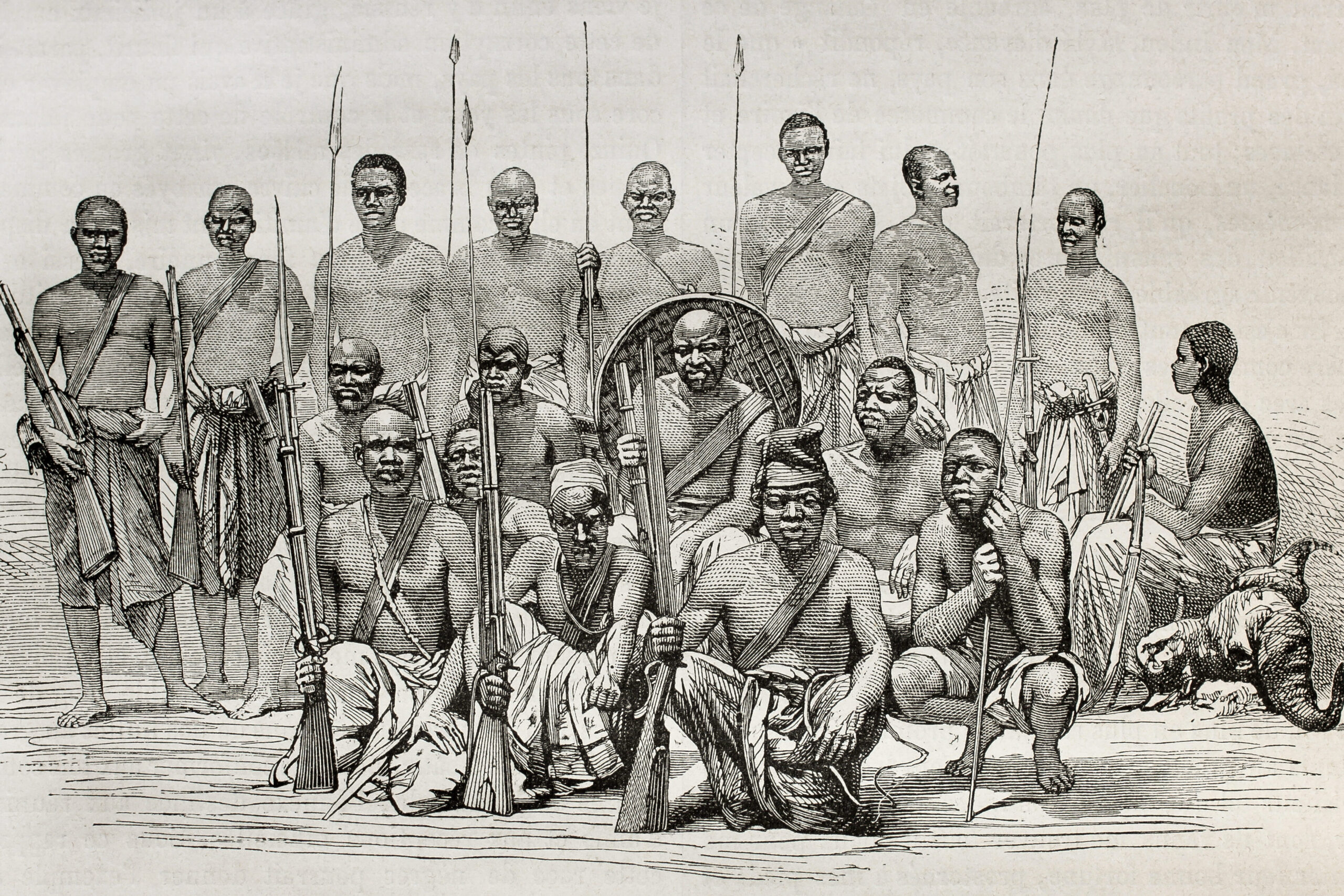
The Sentinelese, an indigenous tribe living on North Sentinel Island in the Bay of Bengal, have fiercely resisted outside contact for centuries. Any attempt to approach their shores is met with a barrage of arrows, making it clear they want nothing to do with the outside world. In 2006, two fishermen drifted too close to the island and were tragically killed. Even when the Indian government tried to recover their bodies, the tribe aggressively fought off helicopters with bows and spears shares Nature.
Despite the hostility, their actions make sense—they’re simply protecting their way of life. History has shown that outside contact often brings disease and destruction to isolated tribes. The Indian government eventually declared the island off-limits to protect both the Sentinelese and outsiders. To this day, they remain one of the last truly untouched peoples on Earth adds Forbes.
2. No One Knows Their Exact Population
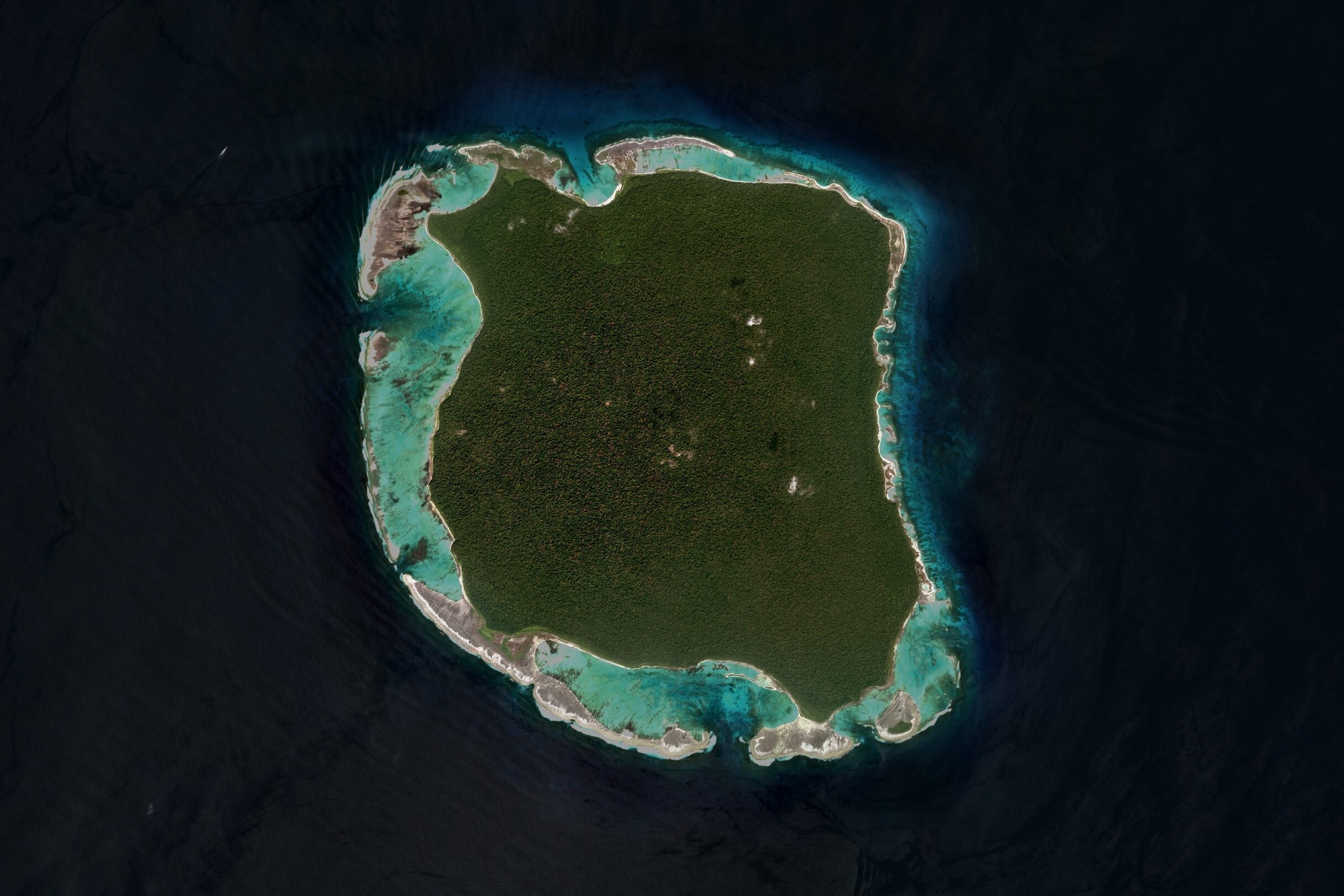
Estimating the number of Sentinelese people is nearly impossible due to their complete isolation. The most recent attempts to count them suggest there are anywhere from 50 to 200 individuals. Aerial photographs and brief boat observations hint at a small but thriving community, but since no one can get close, their true numbers remain a mystery. After the 2004 tsunami, officials flew over the island, worried they had perished says HowStuffWorks.
To everyone’s surprise, a lone Sentinelese man appeared on the beach and shot an arrow at the helicopter, proving their survival. This small but resilient group has endured natural disasters, disease threats, and modern interference. It’s likely their population fluctuates naturally, just like any other group. But with their strict isolation, their numbers remain one of the world’s most intriguing unknowns shares Popular Science.
3. They Have Lived in Isolation for Over 60,000 Years

It’s believed that the Sentinelese are direct descendants of the first humans who migrated out of Africa. Genetic studies suggest they may have lived on North Sentinel Island for over 60,000 years without any contact with the outside world. While other indigenous groups have been forced to adapt or integrate, the Sentinelese have remained untouched, living in much the same way as their ancient ancestors.
This kind of isolation is practically unheard of in today’s world. Most indigenous groups have, at some point, been forced into contact with modern society. But the Sentinelese have resisted every attempt, holding onto traditions that have likely remained unchanged for millennia. Their remarkable survival proves that humans don’t need technology or globalization to thrive.
4. They Don’t Farm but Still Thrive
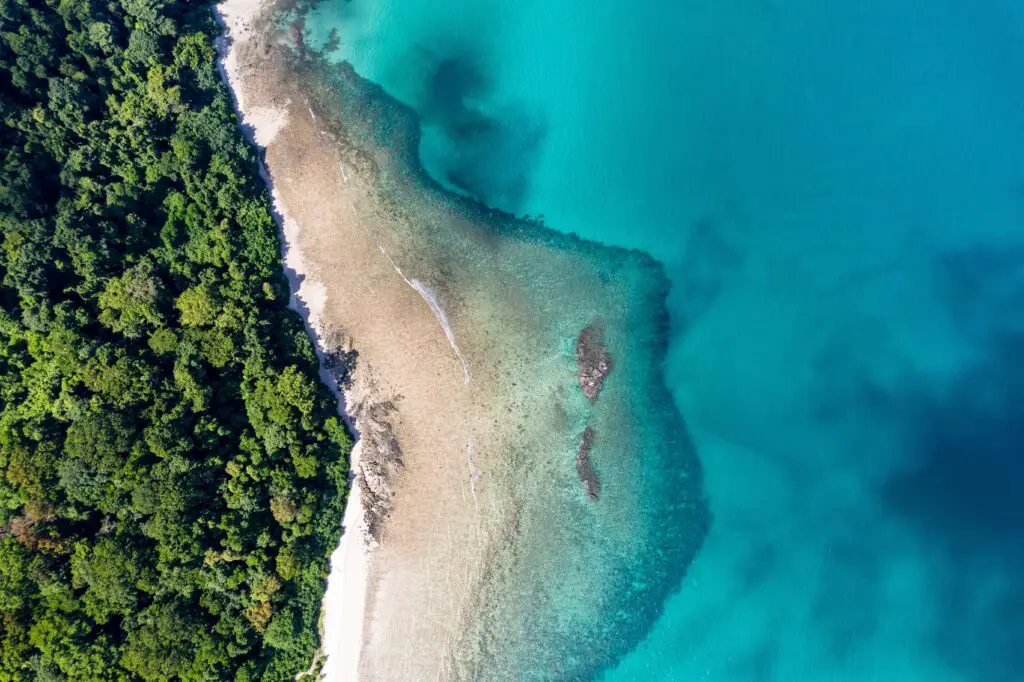
Unlike most societies, the Sentinelese don’t practice agriculture. They rely entirely on hunting, fishing, and gathering to sustain themselves. Observations suggest they catch fish with simple spears, collect fruits and tubers from the island’s dense forests, and hunt wild animals. Without farming, they must constantly move around the island to find fresh food sources, which might explain why they don’t build permanent homes.
Even though they don’t grow crops, they seem to have no trouble staying nourished. Their diet likely consists of fish, coconut crabs, and wild honey, all of which are abundant on the island. When ships have accidentally washed ashore, they’ve even been seen scavenging metal to repurpose into tools. It’s a testament to their adaptability and survival skills.
5. Their Language Is a Complete Mystery
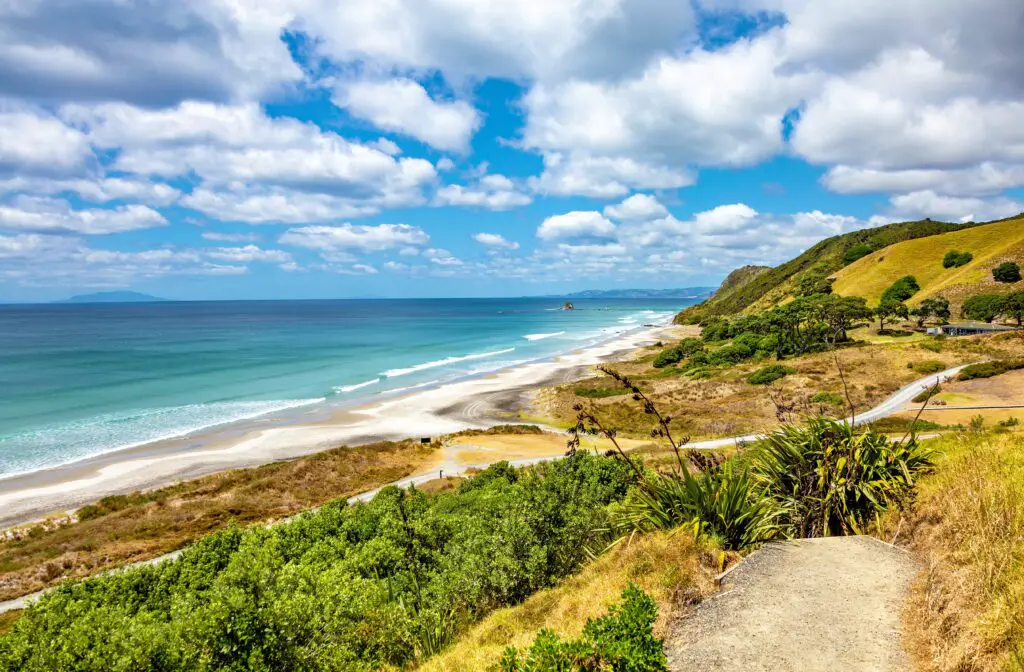
No outsider has ever understood the Sentinelese language, and no one knows if it’s related to other indigenous languages of the Andaman Islands. Unlike neighboring tribes, who have at least some history of contact with outsiders, the Sentinelese have never allowed any meaningful communication. The few researchers who attempted to study their speech found no recognizable connections to known languages.
Since they’ve been isolated for tens of thousands of years, their language could be one of the oldest spoken tongues on Earth. Without any recordings or translations, it’s impossible to know how complex it is. The way they communicate, pass down knowledge, and tell stories remains an absolute mystery. For now, it’s one of the many secrets the tribe keeps locked away.
6. They Make Their Own Weapons and Tools
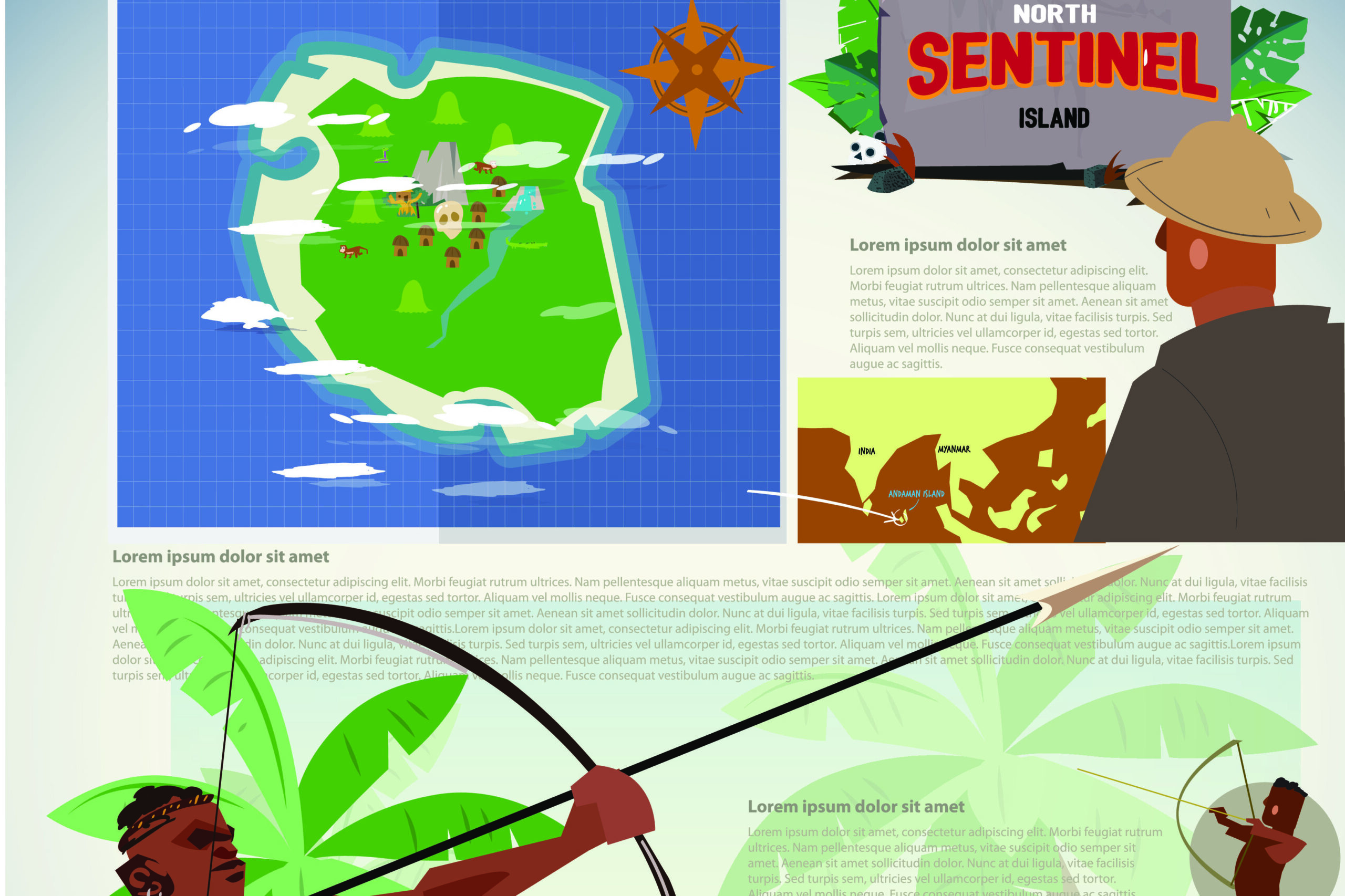
Despite their isolation, the Sentinelese are skilled at making tools and weapons from the limited resources available. Their main weapons are bows and arrows, which they craft from native wood and stone. They’ve also been seen using spears and knives, likely fashioned from sharpened bones or scavenged metal.
Interestingly, they seem to understand the value of metal, even though they don’t mine or forge it. When shipwrecks wash ashore, they collect the debris and reshape it into arrowheads or other useful items. Their ability to repurpose modern materials shows just how resourceful they are. Even without outside influence, they’ve found ways to improve their tools over time.
7. They Have No Known System of Writing

Since no one has ever been able to study the Sentinelese up close, it’s unknown whether they have any form of written communication. Unlike other civilizations that developed pictographs or symbols, the Sentinelese seem to rely entirely on oral traditions. If they do have a writing system, it’s hidden from the outside world.
However, this doesn’t mean they lack complex knowledge. Many ancient societies relied solely on oral traditions to pass down history, laws, and cultural practices. The Sentinelese may have intricate stories and belief systems that have been preserved for generations. But without direct contact, we may never know what wisdom they hold.
8. They Were Once Nearly Wiped Out by Disease
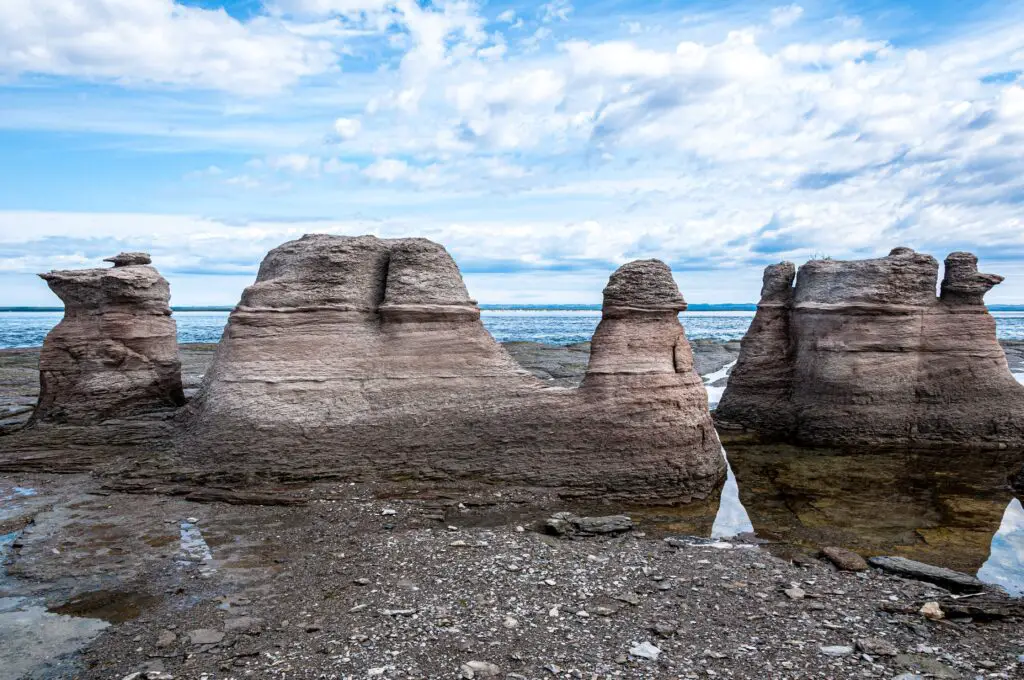
Even brief encounters with outsiders have proven deadly for indigenous tribes due to a lack of immunity to modern diseases. In the 19th century, a group of British explorers kidnapped several Sentinelese people to study them. Tragically, the captives quickly fell ill, and some died from exposure to foreign germs.
Realizing their mistake, the explorers released the survivors back onto the island. But it’s possible the disease had already spread, devastating their population. This tragic event is one of the reasons modern governments have outlawed contact with the Sentinelese. Even a common cold could wipe them out.
9. They Have No Concept of the Modern World
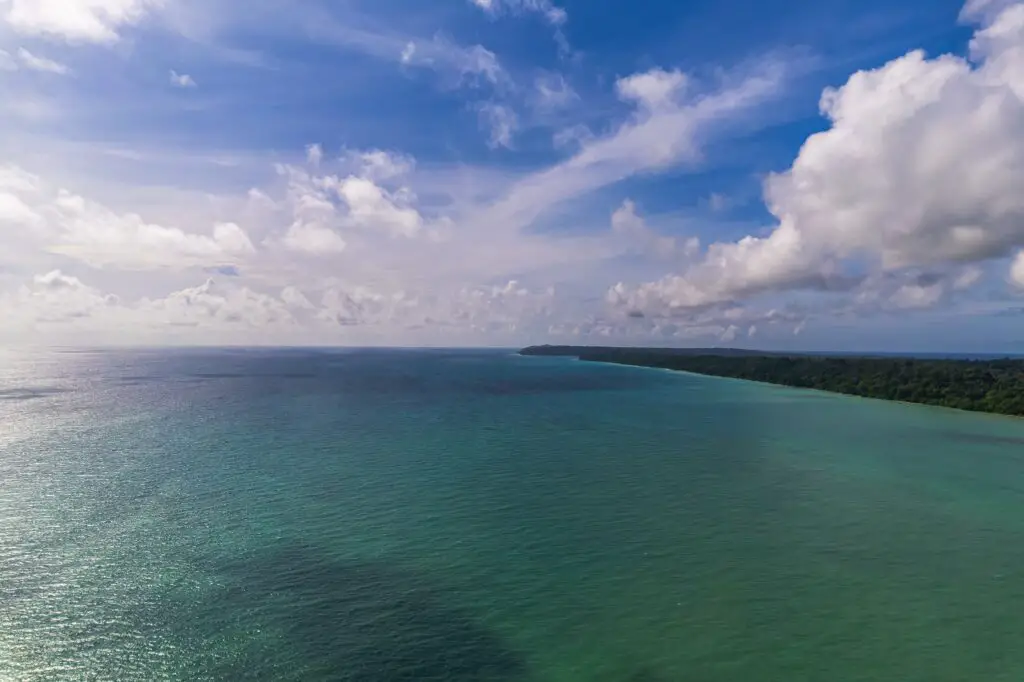
The Sentinelese have no idea that airplanes, skyscrapers, or the internet exist. To them, the world is simply their island and the vast ocean surrounding it. When helicopters or boats approach, they react with aggression, treating them as threats rather than marvels of technology.
It’s fascinating to think that they don’t know about electricity, modern medicine, or global events. Their world is one of natural cycles, hunting, and survival. While most of humanity has become dependent on modern conveniences, the Sentinelese prove that life without them is still possible.
10. They Live in Simple Huts
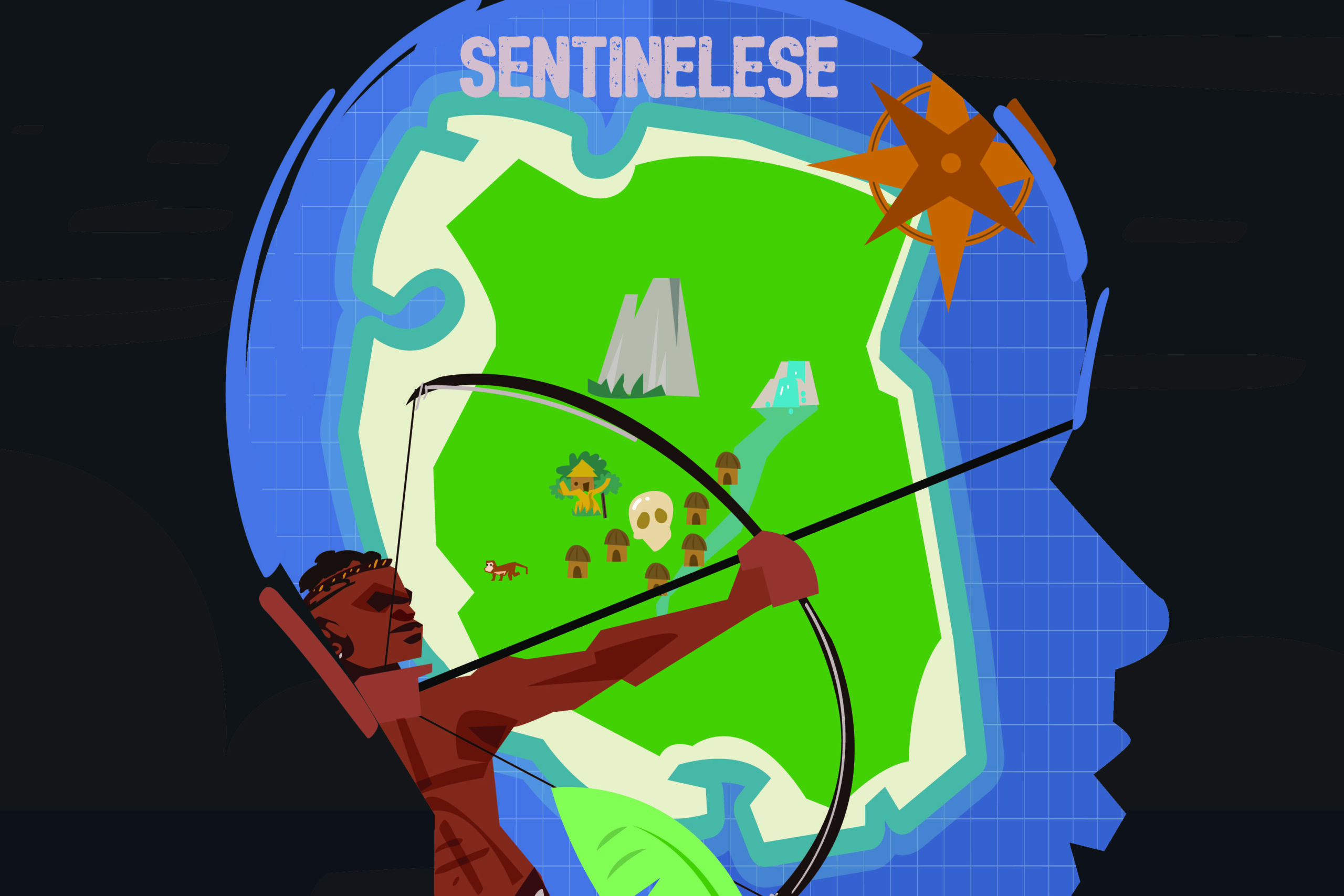
Their homes are small, temporary structures made from palm leaves and branches. Unlike permanent buildings, these shelters can be easily rebuilt if destroyed by storms or other natural disasters. Some observers have noted communal huts, possibly indicating a close-knit family structure.
Despite their simplicity, these shelters provide enough protection from the elements. Since they don’t store food long-term, they likely move around frequently to follow food sources. Their way of life is entirely self-sufficient, proving that minimalism isn’t just a trend—it’s a necessity for survival.
11. They Likely Have Their Own Spiritual Beliefs
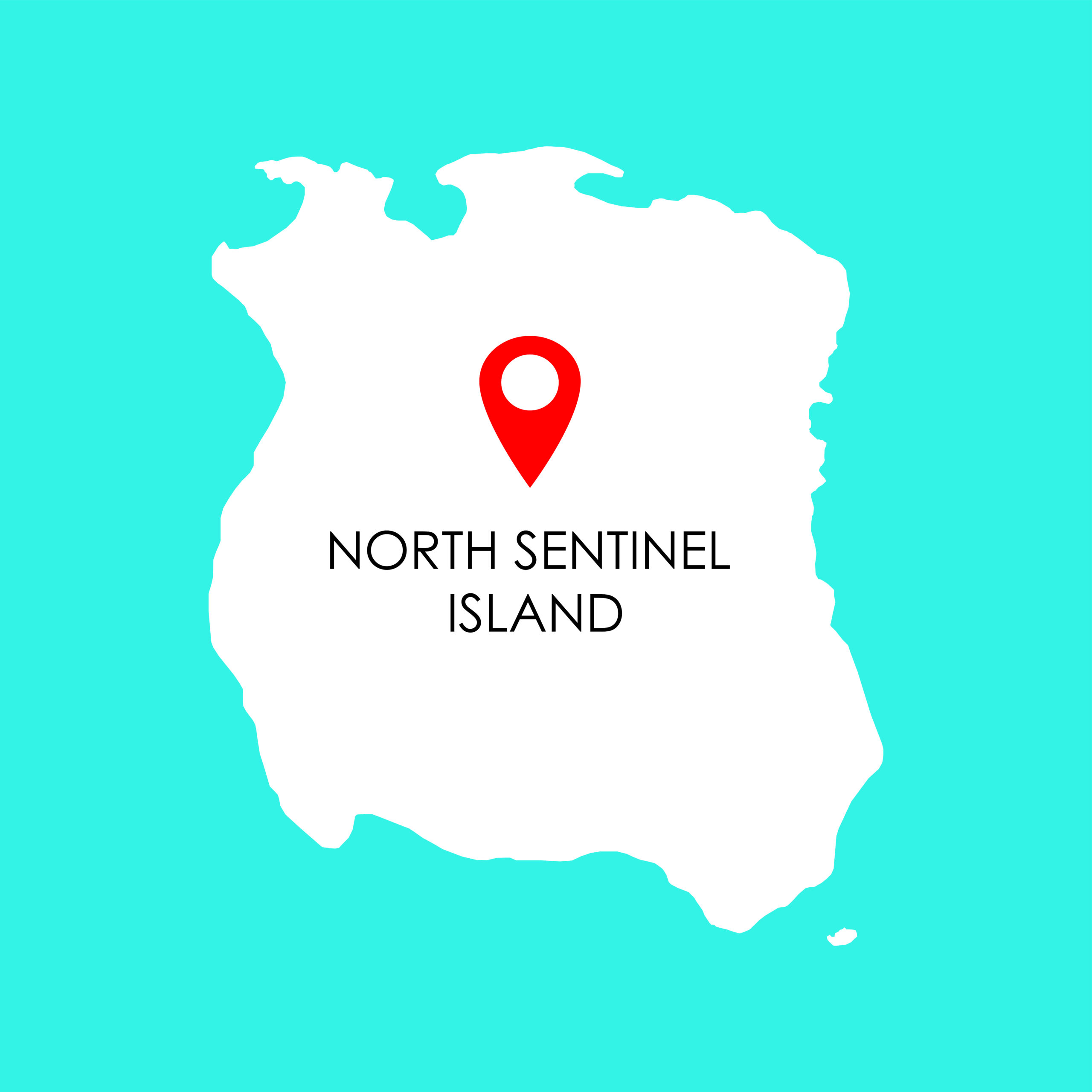
Without any outside influence, the Sentinelese probably have unique spiritual beliefs. Other Andaman tribes practice animism, believing spirits exist in nature. It’s likely the Sentinelese have similar traditions, possibly worshipping natural forces or ancestral spirits.
With no records or translations, we may never know the specifics of their beliefs. However, their rituals, songs, and dances could be a major part of their cultural identity. Their survival suggests a deep connection to their environment, which may be at the core of their spiritual practices.
12. They Are One of the Last Truly Free Peoples
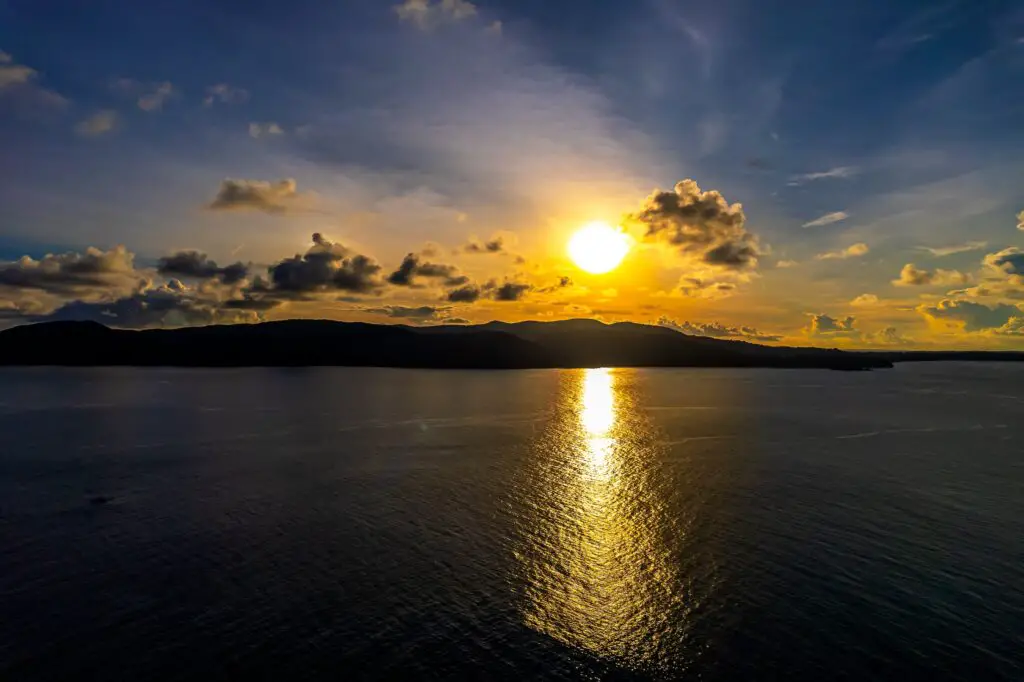
In a world where nearly every corner is mapped and monitored, the Sentinelese remain an exception. They live without governments, laws, or modern pressures. Their existence is a rare glimpse into how humans once lived before civilization took over.
They are truly free, untouched by capitalism, social media, or global conflicts. While many would see their lives as primitive, they may see ours as unnecessarily complicated. Their fierce independence proves that self-sufficiency is still possible.
13. They May Never Accept Outsiders

After thousands of years of resisting contact, the Sentinelese show no signs of changing their stance. Every attempt at peaceful interaction has been met with arrows and hostility. To them, outsiders are a threat, not an opportunity.
Rather than forcing them to adapt, governments now recognize that the best way to protect them is to leave them alone. Their survival depends on isolation, and breaking that could mean their extinction. For now, they remain one of the world’s greatest mysteries.
